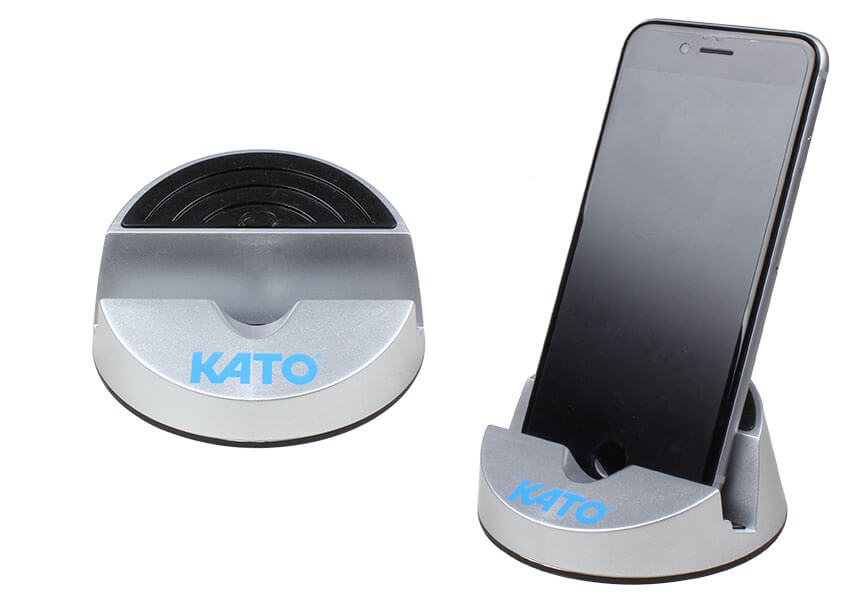
Galling is a very common problem experienced by customers using locking helical coil inserts. Typically galling occurs when the bolt passes through the locking coil and binds. This is particularly evident with like materials. The result is that the insert is threaded out of the hole when the bolt is removed, or the insert is threaded deeper into the hole when the bolt is tightened. Less obvious, is the slight movement of the insert in the hole, which may be undetectable to the operators.
The most common cause of galling is the use of dead soft bolts, e.g., 300 series stainless steel. CoilThread inserts are made of cold-rolled 304 stainless steel wire (AS7245), work-hardened to a tensile strength above 200,000 psi and a hardness of Rc 43-50. In order to minimize galling heat-treated screws with a hardness of Rc 36-43 is strongly recommended. Locking CoilThread® inserts produce torques in accordance to MIL-I-8846 when they are used with heat-treated cadmium plated bolts. KATO recommends avoid the use of 300 series stainless bolts.
Stainless steel requirements should use A286 aircraft quality screws. In applications where stainless steel screws are mandatory or when using heat-treated unplated bolts an anti-seize compound, e.g., molybdenum disulfide, must be used in order to minimize galling.
Specifying CoilThread inserts with dry film lubricants or cadmium plating are other option available to the customer.
If you have any questions, please contact us.
For more technical articles, register to KATOpedia today! Registration is FREE, and take less than 1 minute to complete and gain access to the world's most comprehensive online encyclopedia for helically coiled screw thread inserts and tools.